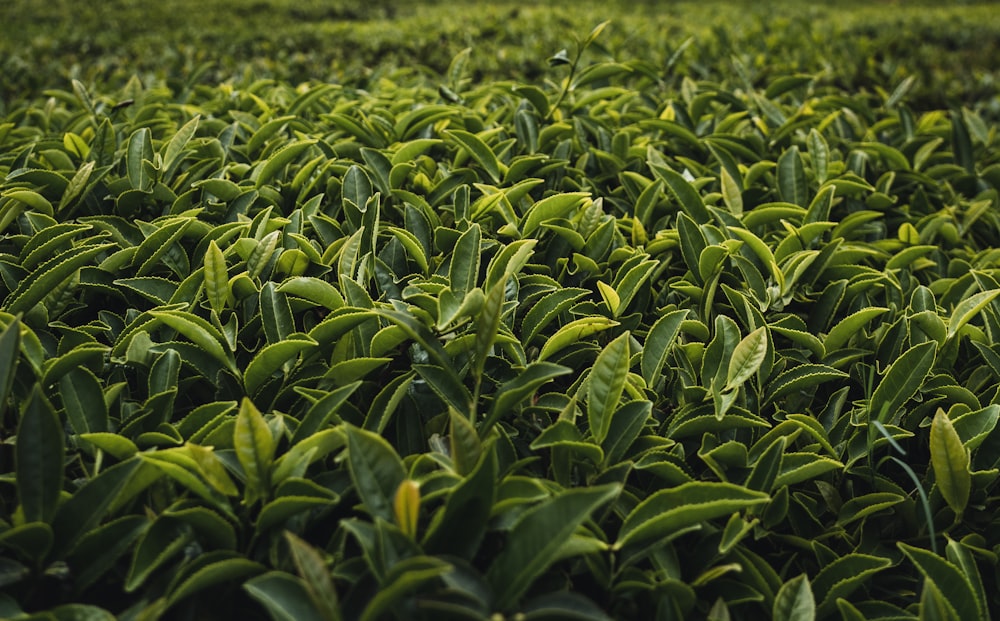While coffee has seemingly had a cultural renaissance, with independent coffee roasters popping up all over the country, and even the naivest 7 year old being able to spout the difference between arabica and robusta, a far older, and ancient drink seems to remain in obscurity in the continental United States. The drink I'm referring to is tea – the national drink of Britain, and the world’s second most popular drink.
Tea Styles
If you ask any random person on the street about tea they'll easily be able to name a few of the classic varieties found at the supermarket. Green Tea, Earl grey, Oolong, pu'erh tea if they really know their stuff. But if you then prod their knowledge a little bit more, asking simple questions such as “what makes a green tea a green tea?†Or “how is an Oolong different than white tea� They'll most likely look at you askance, and mumble something incoherent. Or, they might make an all too common mistake of assuming that such a variable drink must come from different plants. Well, in fact they'd be wrong. All tea comes from a single plant, Camellia sinensis. But, then you're still left with the same question, what makes different styles of tea unique if not the plant itself? The answer lies in the processing.

The single process that determines the style of tea is oxidation. Oxidation from a chemical standpoint is the loss of an electron mainly due to oxygen. Or in layman’s terms, it’s the change of one chemical to another with the help of an enzyme (in this case polyphenol oxidase) and oxygen. It's this very process which causes bananas and apples to brown. However, it's essential to realize that oxidation isn't always a bad thing. Sometimes, when chemicals in our food change, they can change for the better, unlocking different compounds, and creating more unique flavors and aromas.
So, to create these novel flavors, tea growers expose tea leaves to unique sets of processes that either increase or decrease the amount of oxidation. What this process looks like in practice is taking large batches of tea leaves, and either rolling, or cutting them into smaller pieces. This type of mechanical action breaks up the cell walls of the leaves, spilling their cellular contents into the leaves, and causing oxidation due to enzymatic reactions. Oxidation then causes the polyphenols found in the leaf tissue to convert to flavonoids and terpenoids (the molecules which give tea its taste), while at the same time browning the leaves. This alteration of the native chemicals in the leaf gives each style of tea a unique flavor combo.

After a tea has reached its desired level of oxidation, the leaves are heated and dried to denature the enzymes in the leafs, and halt any further oxidation. This is an essential step, and requires the utmost precision. For example, if you were crafting an oolong and let it oxidize a little too much, you've actually created a black tea. Of the six different styles of tea ranked from least to most oxidized (white, yellow, green, oolong, black, post-fermented), the least oxidized teas have the least caffeine, while the most oxidized teas have the most caffeine. The lack of processing of less oxidized teas generally results in teas of this type having a “leafierâ€, or “fresher†taste than some of the more oxidized teas. However, it should be noted that this is only a general rule, as oxidation ranges can be quite varied even within the same style of tea. For instance, two different tea producers might oxidize their oolongs differently, with one oxidizing their leaves to 40% oxidation and another oxidizing their leaves to 80%. Both are still technically oolongs, but will be quite different to drink.
There are other factors which can have lesser effects on tea's style, from where and how the tea was grown, the age of the leaf when picked, or if the tea plant had been exposed to pest. And yet, the major actor still remains the same process which browns our bananas. The simple act of damaging leaves and letting them sit and change has created a class of beverage that's incredibly large and diverse. So, next time you're sitting down with a cup of tea, why not take a minute to savor the taste of oxidation.
About the Author
 Pablo Mendieta is a graduate student pursuing a PhD in bioinformatics and genomics at the University of Georgia. His specific interest lie at the intersection of agriculture, and genetic technologies. From Boulder Colorado, he enjoys the outdoors, science fiction, programming, and hip hop. You can email him at john.mendieta@uga.edu or connect with him on Twitter. More from Pablo Mendieta.
Pablo Mendieta is a graduate student pursuing a PhD in bioinformatics and genomics at the University of Georgia. His specific interest lie at the intersection of agriculture, and genetic technologies. From Boulder Colorado, he enjoys the outdoors, science fiction, programming, and hip hop. You can email him at john.mendieta@uga.edu or connect with him on Twitter. More from Pablo Mendieta.
About the Author
- athenssciencecafehttps://athensscienceobserver.com/author/athenssciencecafe/April 17, 2020
- athenssciencecafehttps://athensscienceobserver.com/author/athenssciencecafe/April 12, 2020
- athenssciencecafehttps://athensscienceobserver.com/author/athenssciencecafe/April 3, 2020
- athenssciencecafehttps://athensscienceobserver.com/author/athenssciencecafe/March 30, 2020







